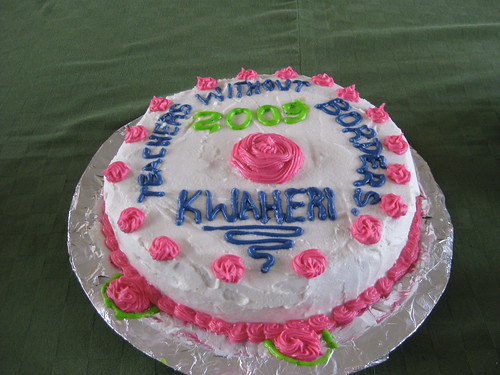I am from those moments–
snapped before I budded —
leaf-fall from the family tree.
– George Ella Lyon
As we closed out our final meeting of the small group section attached to one of my courses, we engaged in a conversation on the importance and shape of teacher autobiography. We ended with a writing exercise. I wanted to call Bud, because I knew how happy he’d be.
After brainstorming the sensory details we associated with our individual school journeys. Then, we looked at George Ella Lyon’s “Where I’m From.”
Our job was to re-imagine Lyon’s work filled with the stories of where we’re from. It was a beautiful task, and I thank my colleague Tracy for giving us space and safety to create and share. We began our time together this semester by sharing the basics – name, home, experience in education, etc. Tracy gave us a space to mark the end of our time together by, again, sharing who we are in a way that honored the intimacy inherent when a class becomes a community.
Here is where I’m from:
I am from tater tots,
from madrigal dinners and holding your breath in the boys bathroom.
I am from painted cinder-block walls.
(Covered in essays and coats of arms to disguise the normalness of it all.)
I am from chalkboards that wanted to be dry erase boards,
the pride of a strong FFA chapter
and knowing we’d be champions in meat judging
if not basketball.
I am from the safety of the choir room,
from Hemingway and yearbook editing.
I’m from the old guard who knew their duty to be sacred.
They’d taught our parents’ parents, and they’d teach us.
I’m from being sick the days we learned to use scissors,
and finding it didn’t matter because the teacher was right-handed.
I’m from scholastic bowl, Alanis Morissette’s debut album,
pizza that looked like it came on a giant saltine,
huddling around a speaker phone to interview a victim of Kent State,
being bumped a grade and then terrified as Mrs. Miller explained how she hated freshmen because they smelled –
making her laugh in spite of herself throughout that entire year.
I am from hallways and classrooms –
built by people who knew –
their hope and ours depended on knowing more than they did.
 15 August 09
15 August 09